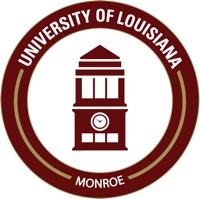Below is a summary of the abstract you submitted. Presenting author(s) is shown in bold.
If any changes need to be made, you can modify the abstract or change the authors.
You can also download a .docx version of this abstract.
If there are any problems, please email Dan at dar78@pitt.edu and he'll take care of them!
This abstract was last modified on April 21, 2015 at 8:45 a.m..

Nontuberculosis mycobacterial (NTM) infections cause a wide range of debilitating diseases and are increasing in prevalence in the U.S and worldwide. Antibiotic therapies for NTM disease are complex and poorly efficacious. One potential option for both prevention and treatment of NTM disease is bacteriophage therapy. In the age of extensive antibiotic resistance for many bacterial pathogens, phage therapy is gaining renewed attention as an alternative for the treatment of infectious bacterial diseases. Despite the potential of phage therapy, many factors complicate phage therapy development and use. One of the more important considerations is the availability of a diverse pool of candidate phages that can be tested for virulence and host-range, two factors that influence suitability and potential effectiveness of phage for therapeutic use. Due to extensive sampling using the non-pathogenic Mycobacterium smegmatis, it is known that a large and genetically diverse pool of bacteriophage exists in the environment that are capable of infecting mycobacterium species. The genomes of nearly 700 of these phage have been sequenced and can be clustered based on genomic sequence similarity. The bacteriophage discovery group at ULM is now exploring the use mycobacteriophage as potential phage therapy for NTM. Specifically, we are investigating the potential of the A3 subcluster of mycobacteriophage. A3 is one of three subclusters, out of 39 distinct clusters/subclusters, that have the ability to infect a broad host-range of pathogenic mycobacterial species. We have identified genetic characteristics of the A3 phage that further advance this group of phage as therapeutic candidates and we are initiating studies to test the 48 known A3 phage against the major NTM pathogens.
